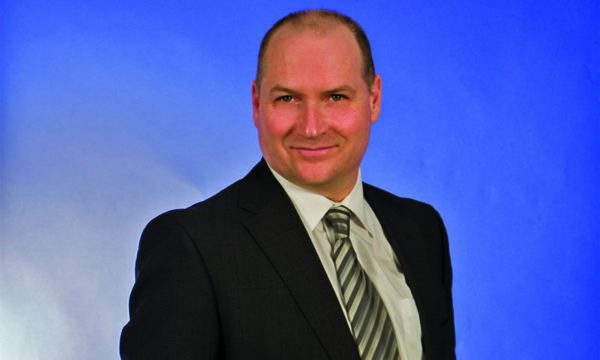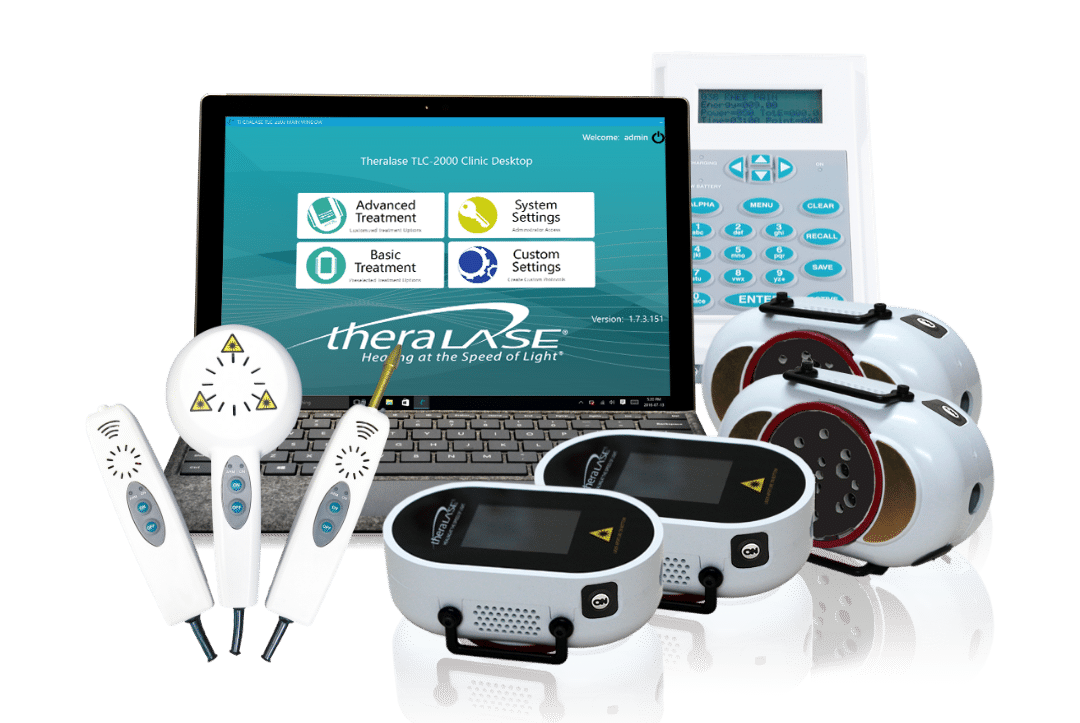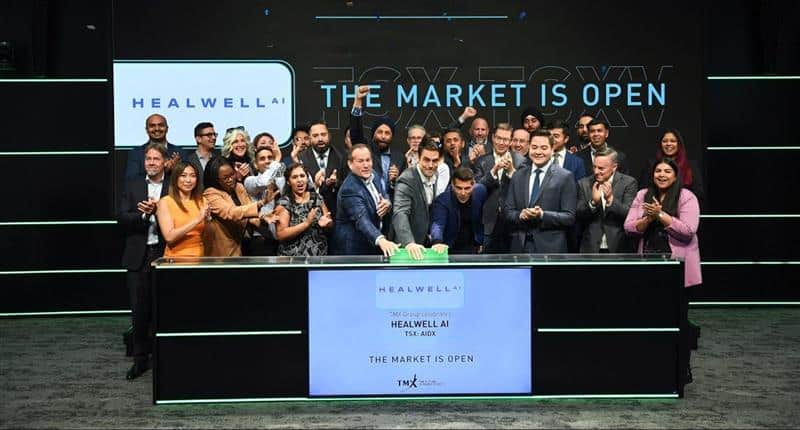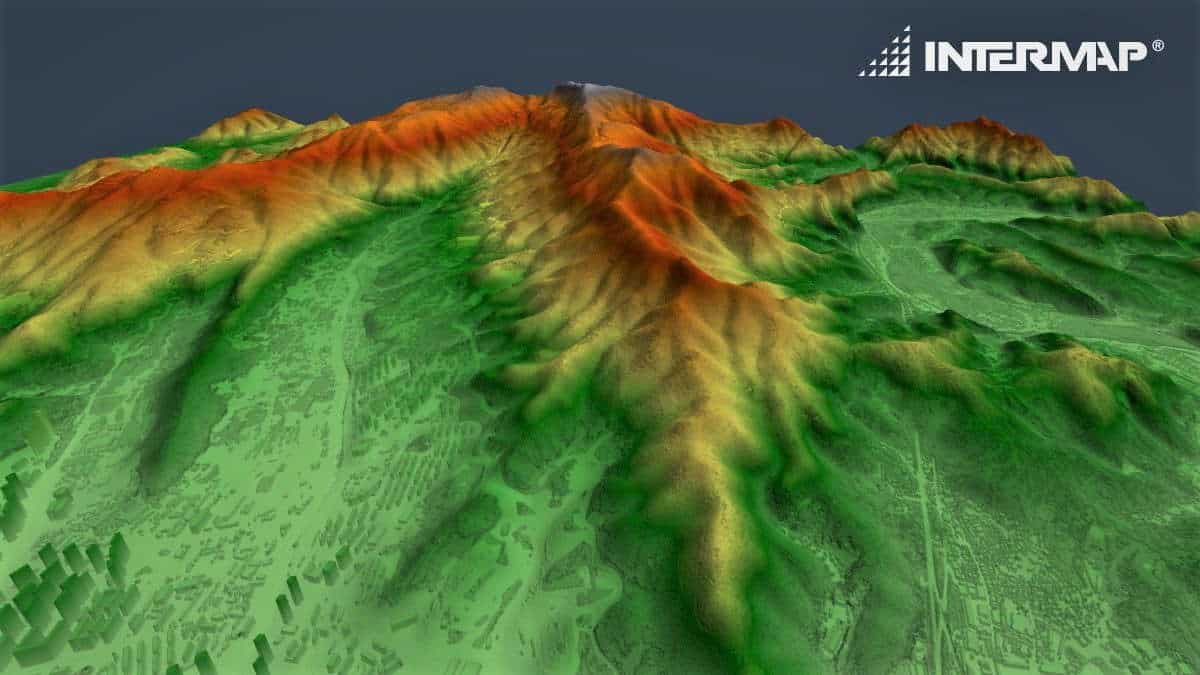
Anyone who has lost a family member to cancer knows that scientific progress in beating the disease feels maddeningly slow. Cancer rates, which rose for most of the last century, began to decline in the 1990’s and have continued to decline, mostly because of a reduction in smoking and awareness of the importance of regular screening.
Still, The American Cancer Society has projected that 577,190 Americans will die of cancer in 2012 and more than 1.6 million new cases will be diagnosed. Lifestyle choices aside, Cancer treatments with real scope don’t come along every day. In 2001, a leukemia treatment called Gleevec made the cover of Time Magazine, and was followed with somewhat less fanfare by Avastin, a treatment for metastatic colorectal cancer, and Nexavar, a liver cancer treatment.
The application of laser technology is one of the more more promising areas of disease treatment. According to one report from Global Industry Analysts, the worldwide market for medical lasers is expected to reach US$4.6 billion by 2015.
Toronto junior Theralase (TSXV:TLT) is hoping to make their mark in this area by using photodynamic lasers for therapeutic use. This type of treatment is less invasive and, importantly, less toxic, than traditional methods. Today, Theralase released information that showed its treatment is proving successful at destroying tumors in mice and preventing the disease from returning. Cantech Letter caught up with Theralase President and CEO Roger White to talk about today’s news.
Roger, your press release today described the effect of a recent trial using Theralase’s anti-cancer technology as a “breakthrough”. What kinds of results are you seeing?
The breakthrough results that have been observed are a total eradication of the subcutaneous tumour induced that was induced by the injection of the colon cancer cells in mice. The Theralase advanced and proprietary photo dynamic therapy has shown no recurrence of any cancer in the animals for five weeks to date.
_____________________________________________________________________________________________________________________
This story is brought to you by Verisante (TSX:VRS). The Canadian Cancer Society named Verisante Core a Top 10 Cancer Breakthrough of 2011. Click here for more information.
_____________________________________________________________________________________________________________________
You are currently looking for phase one approval for your photodynamic compounds. Can you roughly break down the expected timelines on each milestone?
That is very hard to do because you are always at the mercy of regulators, such as Health Canada and the FDA; however, we are hoping to follow the a timeline that will see us begin FDA Phase 1 Human Clinical Trials in 2013 and 2014, Phase Two in 2015 and 2016, and Phase Three in 2017 to 2019.
According to a report from Global Industry Analysts, the worldwide market for medical lasers is expected to reach US$4.6 billion by 2015. Can you explain to a layperson such as myself why this area is growing so rapidly?
You would need to striate the data behind that $4.6-billion figure, as this most likely contains everything from surgical lasers to ophthalmology lasers to therapeutic lasers. I would venture to guess that therapeutic lasers would be a very small subset of the $4.6-billion. But to answer to your question, I believe medical lasers are growing rapidly as a market because, they are very precise, very accurate and very repeatable, with the treatment well tolerated by patients. Unlike radiation, chemotherapy and surgery, photo dynamic therapy can be repeated as often as necessary. By varying the parameters of the laser sources (wavelength, peak power, average power, pulse duration, etc.), you are also able to dramatically change the effect that you have on tissue from total ablation (surgical lasers) to slight ablation (ophthalmological lasers) to tissue healing (therapeutic lasers).
In October of this year you’ll be presenting at an international symposium called “Photodynamic Therapy and Photodiagnosis in Clinical Practice,” in Brixton, Italy. What do you hope to accomplish there?
These types of symposiums are excellent opportunities to meet like-minded scientists and clinicians who are involved in our area of research or who are specifically interested in our clinical and scientific research. It not only allows our scientists and clinicians the opportunity to validate our findings in front of their peers, but also allows them to network with other scientists and clinicians who may be able to further our research with their own findings or may wish to participate in helping us further develop our research. Overall, it is a conglomeration of highly trained scientists and clinicians sharing data and working to further advance one another’s theories, hypotheses and breakthrough innovation.
Theralase is building a sizable patent portfolio. What, do you feel, is the real core of your expertise?
Theralase are experts at designing, researching, developing and commercializing medical laser systems. Our photo dynamic compound partners are experts in their designing and synthesizing. The Ontario Cancer Institute, located at Princess Margaret Hospital, a division of University Health Network are experts in cancer and medical laser research. Together we form a very powerful team of experts in our respective fields and together we will commercialize this technology for the betterment of mankind.
_______________________________________________________________________________________________________________________
_______________________________________________________________________________________________________________________
Leave a Reply
You must be logged in to post a comment.




 Share
Share Tweet
Tweet Share
Share




Comment